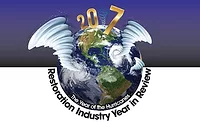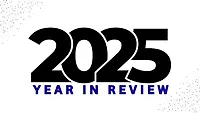2016 Restoration Industry Year in Review
Innovations, services, headlines & more impacting our industry in 2016
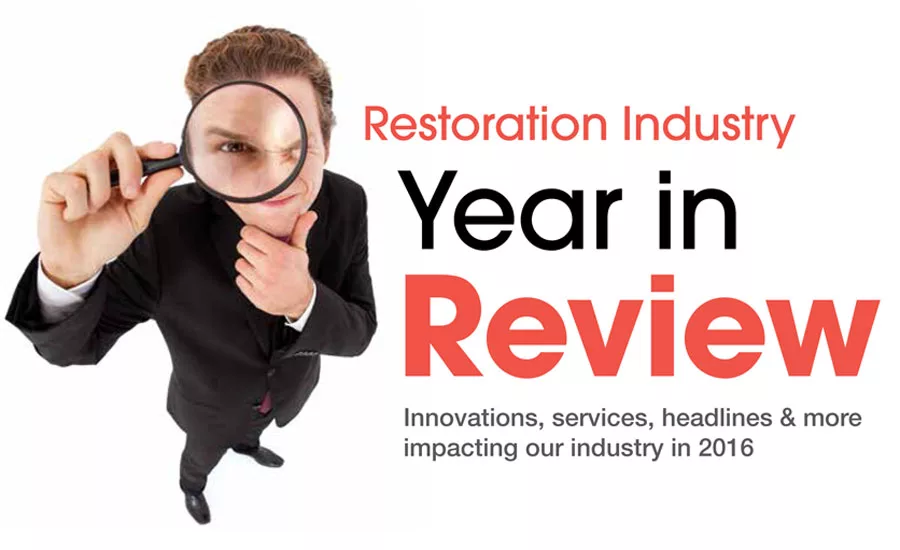
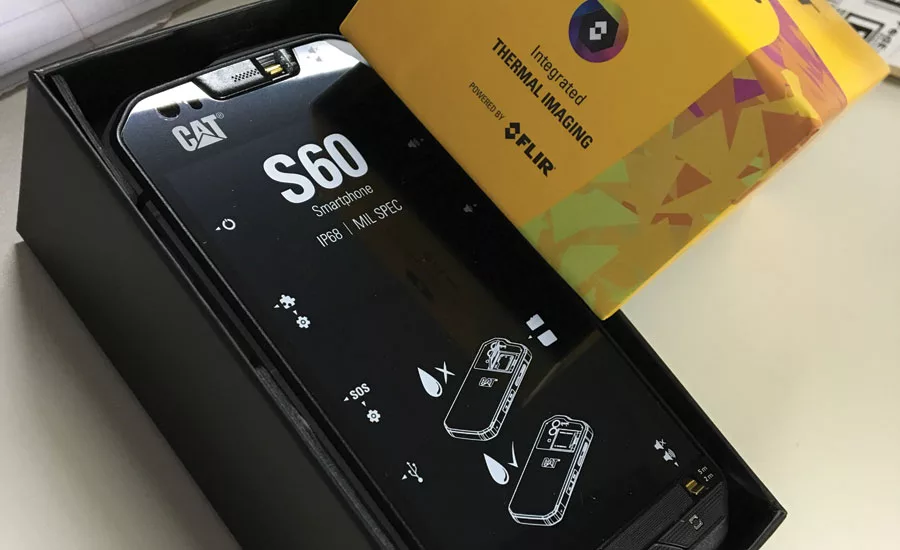

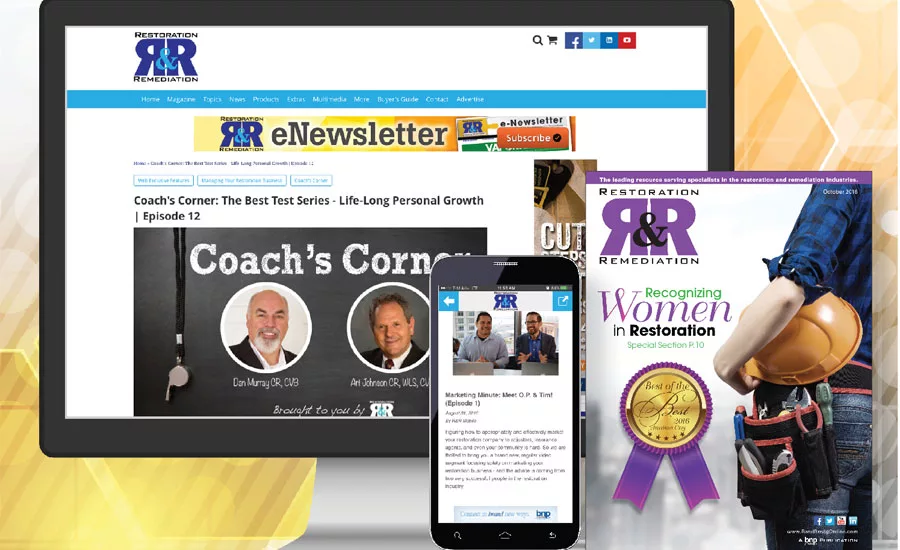
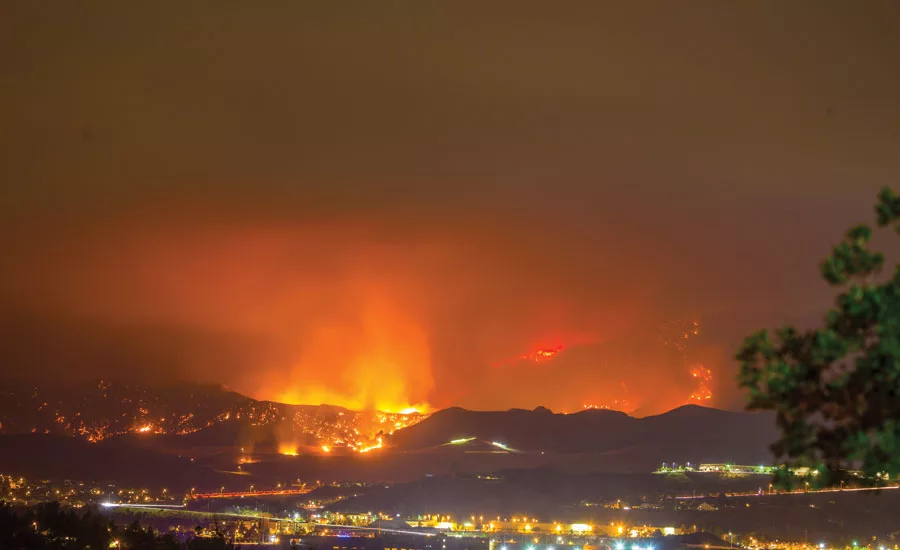
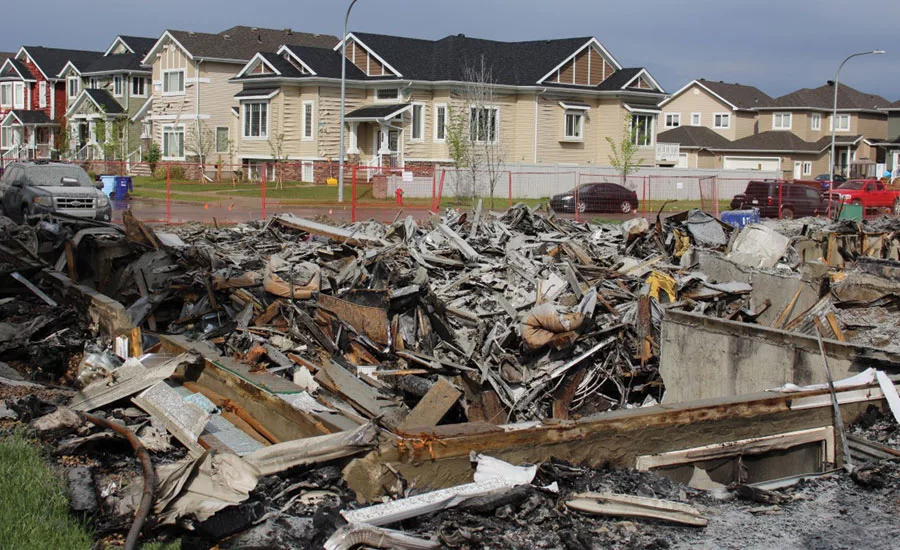
The remnants of a home destroyed by the Fort McMurray fire.
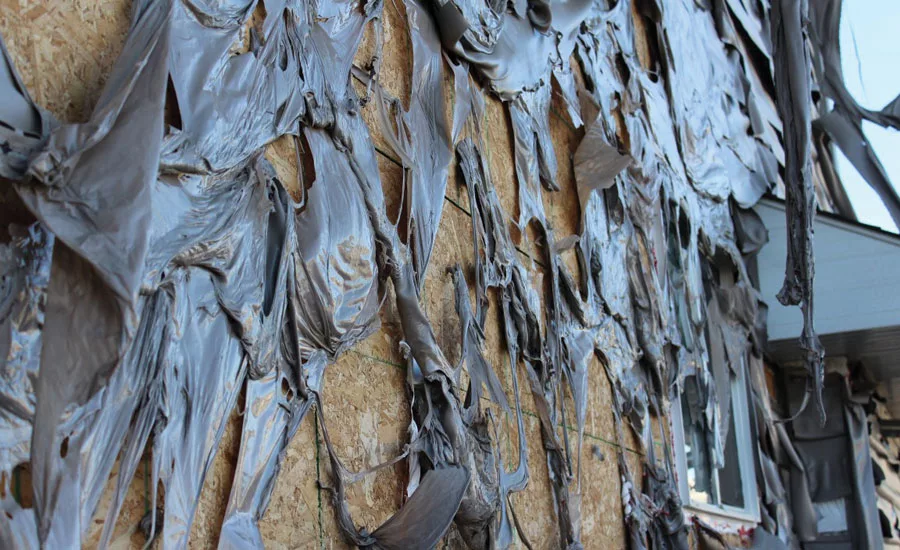
The remnants of a home destroyed by the Fort McMurray fire.

Chuck Violand.
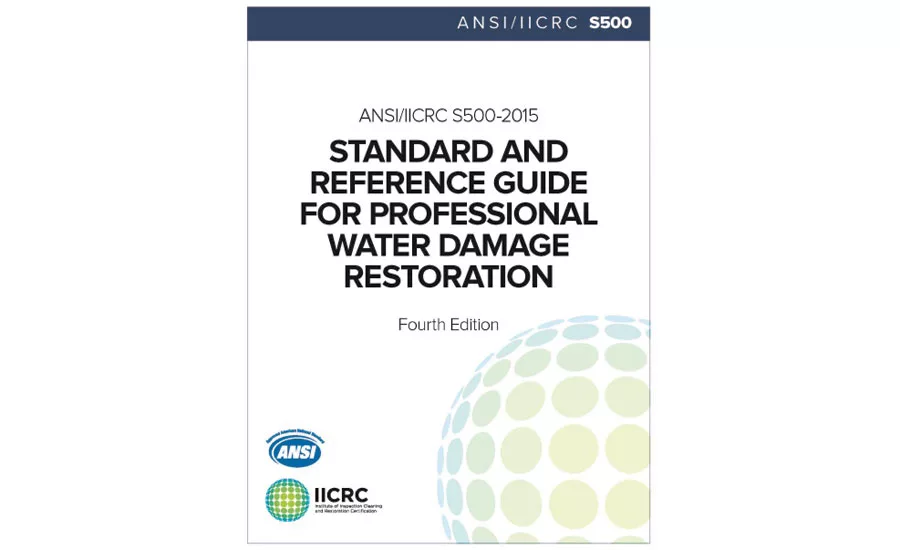
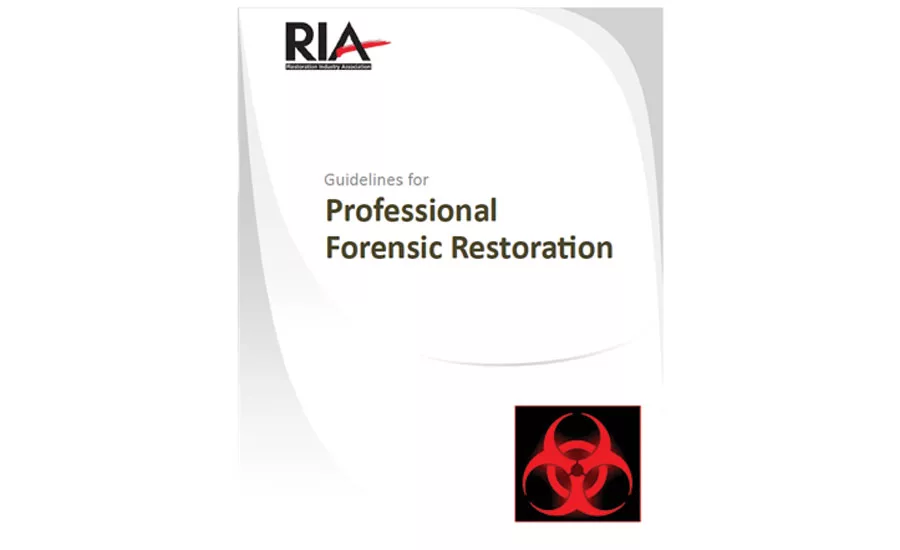
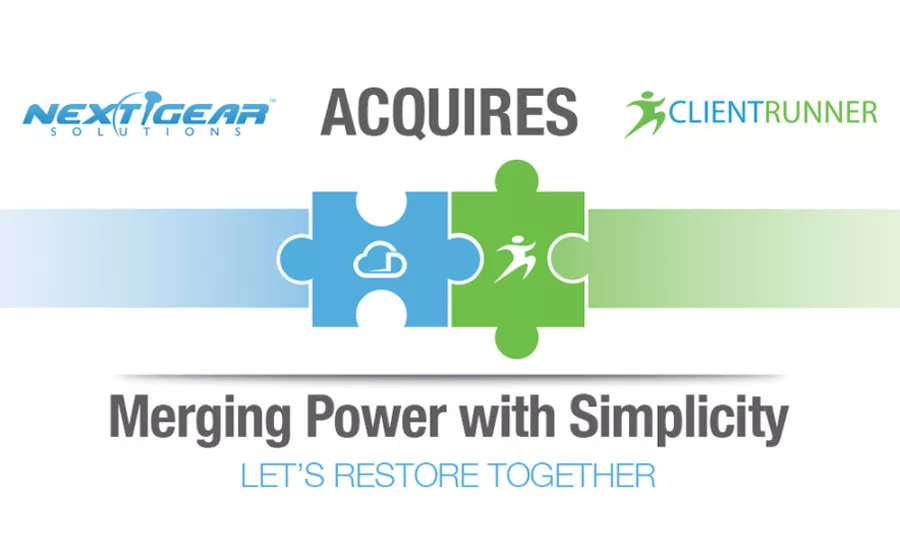
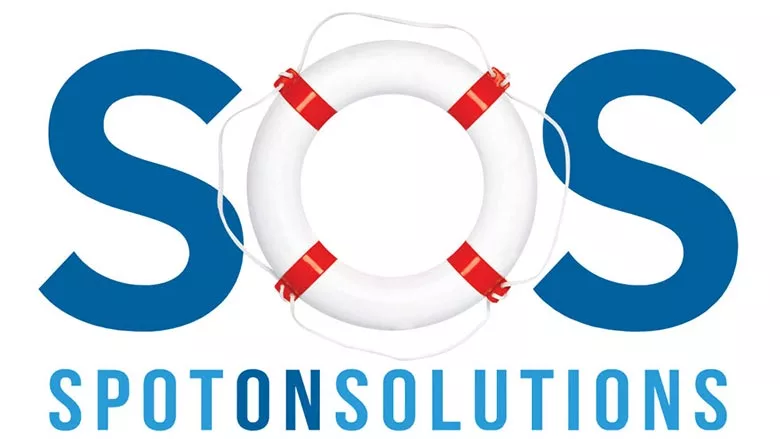
Take a moment to think back through 2016. What changed in your life this year? What changes did you notice in the community, state, and even world around you? What headlines come to mind? We tend to have such short memories today because we are bogged down by so much day-to-day information we need to retain, it can be hard to think back even a few weeks, let alone months.
First, to get the juices flowing, let’s talk mainstream headlines. We’ve witnessed a hotly contested presidential election, the Olympics Games in Rio, the Zika virus outbreak, the United Kingdom exiting the European Union, a growing Black Lives Matter movement, North Korea continuing its nuclear testing, and the crash of EgyptAir Flight 804 into the Mediterranean, killing 66 people on board. Those headlines are just the tip of the iceberg.
The restoration industry has been directly impacted by several global headlines like the Fort McMurray fire and Hurricane Matthew. Major disasters like these, along with evolutions in technology and a growing push for faster work and faster results, have likely inspired many of you to take a look at your workflow. Have you made adjustments to become more efficient while keeping profits and customer satisfaction high? Have you adopted any of the new technology in the restoration industry – be it software, tools, or even services?
Let’s take a little journey down memory lane at headlines, industry news, product innovations (even if just the tip of the iceberg of things emerging in the restoration marketplace), services, and more.
Major Disasters
The “Fort Mac” Fire
No argument here – the biggest disaster affecting North America in 2016 was the Fort McMurray fire. It sparked on May 1 in Alberta, Canada, and within two days had swept through Fort McMurray, destroying 2,400 homes and other buildings. It forced the largest wildfire evacuation in the country’s history. By the time the fire was declared fully under control on July 5, it was the costliest disaster in Canadian history and spread across more than 2,300 square miles in Alberta and Saskatchewan.
A number of restoration contractors both from across Canada and the U.S. raced in to help with recovery efforts. This also brought several new technologies related to the insurance claim industry into the spotlight. Spex, for example, helped expedite inspections.
“The reduction of cycle time is the number one goal of insurance companies,” explained Brett Goldberg, CEO of Spex. “Now, the person in the field can capture information that can be synced right back to someone at a desk, which in turn helps better create estimates, photo sheets, and so on.”
With technology like Spex, a large number of inspections could be done in one day, and someone back at the office could be doing the estimate paperwork, instead of the adjuster or estimator out in the field.
Hurricane Matthew
Hurricane Matthew did not do nearly the amount of damage some forecasters had predicted. Still, it caused some heavy devastation to localized areas, especially in the Carolinas, which came as a surprise to some.
“Matthew was a meaningful event; it was meaningful and dramatic, but not necessarily at CAT loss like Katrina or Superstorm Sandy,” recalled Goldberg. “We were in Myrtle Beach, and there wasn’t this density of restoration contractors and roofers weeks after the storm, because the damage was so geographically disbursed.”
Due to that geographical dispersion, there wasn’t the visual presence of major disaster response teams like we’ve seen in other, bigger disasters. Instead, Hurricane Matthew prompted smaller, more local restoration companies to step up to the plate. However, trying to scale a business on short notice is no easy task. It comes with a bit of trial and error, and in the end, there were some contractors who decided it was okay for them to set limits for what their crews could handle. After all, if a customer can say “no” to us, can’t we kindly say “no” to them, for the sake of making sure our work stays top notch and the customer gets the service they deserve?
Like others in the restoration industry, Goldberg feels adopting new technology and having solid CAT loss response plans in place are critical to responding to situations like those we faced in the U.S. and Canada this year. Thanks to advances in job management and inspection software, adjusters can often to trained up on something on short notice, and in turn be pounding out dozens of claims every day, when time is of the essence.
Headlines within the Industry
RIA Names New President
The Restoration Industry Association ushered in a new era with the appointment of Chuck Violand as the new president. He took over the position during the 2016 International Restoration Convention and Industry Expo in the spring. His predecessor, Scott Stamper, was charged with leading the industry through the ThermaPure lawsuit. Now that the lawsuit is history, the RIA is refocusing on continuing education for restorers, expanding the association globally – especially in Australia, and doing some succession planning.
“The Young Professional Restorers Council (YPRC) is making a lot of progress in Canada, and in the U.S. Both of these groups are very active and getting younger restorers involved in the industry,” Violand said.
Looking ahead to 2017, Violand says the association is remaining focused on their strategic plan drafted back in July of 2015. On top of growing educational opportunities for RIA members, the association wants to become the leading authority for advancing the art, science, and management of the restoration professional. They also aim to more proactively identify and act on issues affecting membership, and take a good look at the sustainability of the association.
“In the past, the RIA has been viewed as an ‘old boys country club’ association. This is rapidly changing!” Violand remarked. “Not only is the makeup of our board getting younger, but so are our members. In addition, 20 percent of our board is now female, and we’re seeing more women in equity and senior leadership positions in restoration companies. We still have lots of work to do in growing our industry and association in the areas of gender, culture, and age – but we’re headed in the right direction, and we’re making progress.”
RIA Executive Director Marc Selvitelli echoed Violand’s viewpoints during PLR Expo in Niagara Falls, Ontario, in late October. He especially highlighted the push for educational opportunities – which will include on-demand webinars by the end of next year.
IICRC Turns to Self-Management
In August, the Institute of Inspection, Cleaning and Restoration Certification announced that it had transitioned to self-management in an effort to improve customer support. The IICRC had been facing some harsh criticism from members of the restoration industry for communication and other issues, but the association is hopeful that these new changes will help strengthen the organization and its membership going into 2017.
RIA Forensic Restoration Guidelines
While there were not any major updates to any of the ANSI/IICRC industry standards, following the release of the fourth edition of the S500 late last year, the RIA did release its own Professional Forensic Restoration Guidelines in July. The guidelines were developed by contractors and other industry professionals who understand this restoration niche market.
The guidelines are very simple to follow, and break jobs down into categories based on risk – from level one to level four. Within each level are guidelines for employee training, PPE, engineering controls, best practices such as applying disinfectants throughout different stages of the project, post-project evaluation, and waste disposal.
The IICRC is working on its own Trauma and Crime Scene Remediation Standard, which became available for public review in October.
Acquisitions, Mergers, & Growth
There were several notable headlines in 2016. Over the summer, PuroClean announced plans to expand into the European restoration market. There were also announcements of several industry-related acquisitions like Interstate Restoration acquiring FirstOnSite and Interlink Supply acquiring Able Supply and Service and ILS of Northeast Ohio. Response Team 1 also acquired three property damage restoration firms very early in the year, a growing trend in the industry. But there was a much bigger acquisition unveiled at Contractor Connection in Las Vegas in June.
Next Gear Solutions Acquires ClientRunner
Perhaps one of the biggest headlines within the industry this year was Next Gear Solution’s acquisition of ClientRunner. Next Gear has been the dominant player in restoration software for several years now, and continues to grow through solid leadership, knowledgeable team, and partnership with private equity firm Serent Capital, which was announced back in March.
Next Gear CEO Garret Gray and former ClientRunner CEO Scott Severe, now Next Gear’s chief sales officer, spent months going over specifics, before officially agreeing on the merger.
“As the two biggest players in the market, we had a good time competing with each other, and deciding to stop competing and work together was no easy decision at first,” Gray commented.
Severe agreed, but also admits both companies had their advantages – ClientRunner embraced simplicity, but Next Gear had the ability to implement a plethora of features for its users at a rate ClientRunner just could not match.
“Both companies approached our solutions for the market differently, and merging them together was a winning combination in my estimation,” Severe said. “Bottom line, we knew if we could work together, we could really change the game in the industry we serve.”
Spot On Solutions Earns Spot in Google’s Top-Tier Managed Agency Program
Spot On Solutions has grown its customer base significantly in the last year, managing websites, content, marketing, and other similar items for restoration contractors and carpet cleaners. Their hard work paid off when they were welcomed into Google’s Top-Tier Managed Agency Program. In layman’s terms, it means the crew at SOS knows what they’re doing, and have produced some very high-quality, high-return Google AdWords campaigns, helping their clients be easy to find online.
Staying on top of Google’s changing algorithms and other evolving digital marketing trends is no easy task, and 2016 was a year full of changes.
“In February, Google changed how search results are displayed in the search engine results pages to accommodate a more mobile-friendly experience,” explained Derek Preece, a partner in SOS. “More paid ads are being displayed in front of organic results and mobile ads have been made to look more like maps listings.”
Preece also said for restoration companies to stay ahead of the competition in 2017, they must implement a strategic online marketing approach that encompasses multiple online methods including pay-per-click advertising, search engine optimization (SEO), a mobile-responsive and high-coverting website, optimized maps listings, and use social media. Wow.
“Remarketing has become a major player in online marketing,” said Preece. “It has made building brand awareness and increasing sales to potential clients an affordable addition to smart marketing budgets.”
Bottom line: plan out your marketing for 2017, and make sure you’re able to stay on top of evolving trends and what works and what does not.
Products & Innovations
Hundreds of products emerge into this market every year, and only the strongest survive. These products aren’t necessarily new in 2016, but have certainly made some headway in making a name for themselves.
Mold Removal
The Goldmorr System by 21st Global has been around in Australia since 1998. This year, they’ve worked hard to grow their U.S. presence. This isn’t a mold removal system you can buy off the shelf at a distributor. It involves a training aspect because it is a whole-house fogging process. Be on the lookout for more from this company as they are making strides in indoor air quality testing and plan to head next into the infectious disease control realm.
American Mold Products (think Mold Zap and Mold Shield) are also making their way into the restoration market, having made several strides in recent months including signing on new distributors and offering financing. Company founder Johnny Wells says his products have been 15 years in the making.
In July, Pro Strong Arm emerged into the restoration industry with its own EPA-certified “mold killing solution.”
The bottom line with any mold removal product is to do your homework. Look for EPA registration and other claims, look for real-world testing, talk to other restorers, ask for referrals and case studies. There is no such thing as too much research when choosing a product for your restoration company.
Drying
Drying is an area where there are constant innovations. While DBK is constantly evolving their drying systems sold worldwide, companies like Tramex, Protimeter, Lignomat and Delmhorst are also working quickly to stay ahead of the competition in the moisture meter market. Similarly, FLIR and Fluke are constantly working to update and upgrade their thermal imaging offerings.
In 2016, Tramex rolled out the new PTM2.0 Pin Meter. It came just months after Protometer introduced its Hygromaster 2 Hygrometer and its new flooring kit that allows moisture testing in concrete floors according to the ASTM F2170-11 Standard. Wagner also rolled out its BI2200 moisture meter. And frankly, this is likely just the tip of the iceberg of new drying-related tools unleashed in 2016.
Odor Removal
This has been a bit of a hot topic this year. On top of odor removal products and chemicals, there is the ongoing debate over ozone versus hydroxyl. There are very few people who are neutral on the issue. Most people seem to feel pretty strongly one way or another, with safety and effectiveness being the biggest concerns. Either way, there certainly is no debate over the need for effective odor removal techniques, and many of the current products on the market are effective in their own way.
Odorox embarked on some real-world testing this year, while SanusAer rolled out its new line of high-output ozone generators to compete with companies like Ramair and International Ozone. Ramair released its own high-output ozone generator in late 2015.
Prism Analytical Technologies also made strides to revolutionize smoke damage restoration with their Smoke Odor Pump TDT. This fancy tool allows for more comprehensive chemical testing to assess smoke contamination. This data gives restorers the true scope of the fire and smoke damage by understanding the contaminants and particles present in the home after the fire.
There was also the introduction of ProRestore’s ElectroGen 2000C, and on the product side ODORx released Un-Duz-It, a three-in-one odor elimination solution.
ProKure 1 was also turning some heads at an industry trade show in 2016, showing off the ability to remove strong odors, even from a very porous surface like carpet, rather quickly. You can check out a quick video demo of the product on R&R’s YouTube channel.
Technology
Technology is constantly evolving, so it is hard to capture everything that happened in one single article. However, there were evolutions in all the major software platforms – including updates to Xactware, and Canam Systems’ integration with Accurate Content Valuation System.
We’ve already talked about the growth of Spex and Encircle in this month’s case study. Another product seeing some growth in market share is FotoIN. In April, FotoIN entered a licensing agreement with American Technologies, Inc. (ATI). This software is all about photo documentation on the jobsite. FotoIN founder, Sly Barisic, said leveraging both mobile and cloud technologies can help restoration companies create even more value for their customers by improving field and office productivity.
Along with innovations to help the documentation process become more efficient, we saw apps and programs emerge allowing restorers, if they choose, to almost see into the future. Metloop has a new app called WeatherAlarm that provides severe weather alerts, forecasts, and more to consumers and businesses. Using military-trained forecasters, radar and weather data is interpreted to forecast damage down to the building level as much as 15 hours out from the storm. Metloop says their technology is 95 percent accurate with their alerts. Technology like this could help restorers better prepare for disaster response by knowing what areas will need help.
ScannerMaster and Rangecast offer similar technology, giving a real-time listen into public safety radio traffic to find out locations of fires and other losses.
Rotobrush’s Roto-Vision is also worth a mention as a new video inspection product that allows contractors to give customers a clear picture inside their duct work. Duct cleaning is a popular service for restorers to add, and letting the customer see what’s hiding inside the duct work can help contractors gain credibility and trust.
Lastly, CAT released the S60 smartphone early this year, featuring a built-in FLIR thermal imaging camera. It is the world’s first phone of its kind, and an example of how CAT is making its way into the restoration industry in new, innovative ways.
Michael Pinto, CMP, CSP of Wonder Makers Environmental, agrees this was a major year for technology.
“Although technology transfers from one industry to another happen every year, 2016 seems to be a big year in that regard,” Pinto said. “The variety of products and industries where that came from which have crossed over to various aspects of the restoration world is fascinating to see. A good example of this is the SteraMist system which was introduced to the restoration field several years ago from the healthcare industry. With a new sales approach we are seeing more and more contractors utilize the germ killing the process in a variety of restoration activities from water losses to forensic restoration.”
He also talked about the introduction of foamers for disinfectants and other chemical uses, which decrease the amount of a product being used among other benefits. There has also been a big push to use ATP meters, which we will talk about a little more below.
PPE
Crossing into PPE, Pinto pointed out new equipment like the Max Air helmet-style powered air purifier, or PAPR. This technology is a major step up from the traditional respirator.
Radians also realized the need for women-oriented PPE, and has started rolling out products like a safety vest designed with women in mind.
Contractor Services & Assistance
There are several companies who have been within the restoration industry space for several years, but made large strides in 2016.
Hiring Help
Wylander started doing recruiting within the restoration industry about four years ago, but their presence seemed to become more prevalent than ever this year. It’s no secret hiring in the restoration industry is hard, and keeping good employees can be just as difficult. Plus, restorers are so busy running jobs and running their company, that unless there is a designated HR person within the organization, there may not be enough hours in the day to spend finding quality hires. Justin Sifford, co-owner of Wylander, echoes the same sentiment.
“Many restoration companies are so busy in their day-to-day operations (which make them the most money), that they don’t have the time to dedicate toward looking for talent,” he said. “It can be a daunting task as well as very expensive with no results if you don’t know what you’re doing.”
Sifford also said it’s important to work with a recruiter who knows the industry because, after all, our market is unique. Wylander digs deep in the search process, finding talent that may otherwise be missed.
IAQ Analytics
This is another product under the 21st Global umbrella, like the Goldmorr System. This service was introduced during a special session at The Experience in Las Vegas in September. Essentially, experts working on this technology are encouraging IAQ testing before and after remediation, and making it much simpler to get accurate results.
IAQ Analytics allows people to enter data from a particle counter into a special website, and get instant online results. Those results can be handed straight to the customer, insurance carrier, adjuster, and so on. Their goal is to start influencing or creating a standard for indoor air quality, and make it easier for restorers to get this data instead of paying for a professional air quality test and waiting days or weeks for results.
What We’ve Learned & What’s Changed
It goes without saying all these products and services are just the tip of the iceberg of evolutions in the industry in 2016.
Within the pages of R&R, we hashed out some pretty big questions – including the role mold stain removers play in remediation work, the growing popularity of hydroxyl generators for odor removal, and pushed for growing contractor awareness about mold illness.
“The public’s attitude toward mold, and the restoration industry’s response to the problem and public perception of the problem, has gone through a number of cycles over the past 18 to 20 years,” Pinto explained. “During the initial ‘scare’ years, too many unscrupulous contractors took the mold is gold approach and terrified their customers into completing ill-conceived mold remediation projects — often in a rip and run fashion. Then the public did an about-face and went into ‘mold minimizer’ mode.”
Jumping into present day, Pinto says people are finally understanding the potential underlying problems within water-damaged buildings. He added that medical advancements in this area are forcing restoration companies to up their game to successfully help mold-sensitized clients.
New to R&R
In 2016, R&R tried to make some changes of its own including introducing our new mobile app, a full brand redesign, a new tagline, and the addition of a lot of new content. As the popularity of video grows, we added several new video series. Coach’s Corner with Dan Murray and Art Johnson of Your Restoration Coach is all about running and managing a top-tier restoration company. Marketing Minute with O.P. Almaraz and Tim Bauer of Allied Restoration and Restoration Mastery zeroes in on how to sell and market your company to new customers.
We also added the Recognizing Women in Restoration campaign, which saw broad industry support. We were thrilled to be backed by Violand Management Associates and some other great sponsors, and are so excited to announce that the campaign will return in early 2017. The winner will be announced during Contractor Connection in St. Louis in June.
As we wrap this up, I want to thank all of you for reading Restoration & Remediation, and trusting us to continue being the leading publication in this industry. It’s a job we do not take lightly.
Looking for a reprint of this article?
From high-res PDFs to custom plaques, order your copy today!




